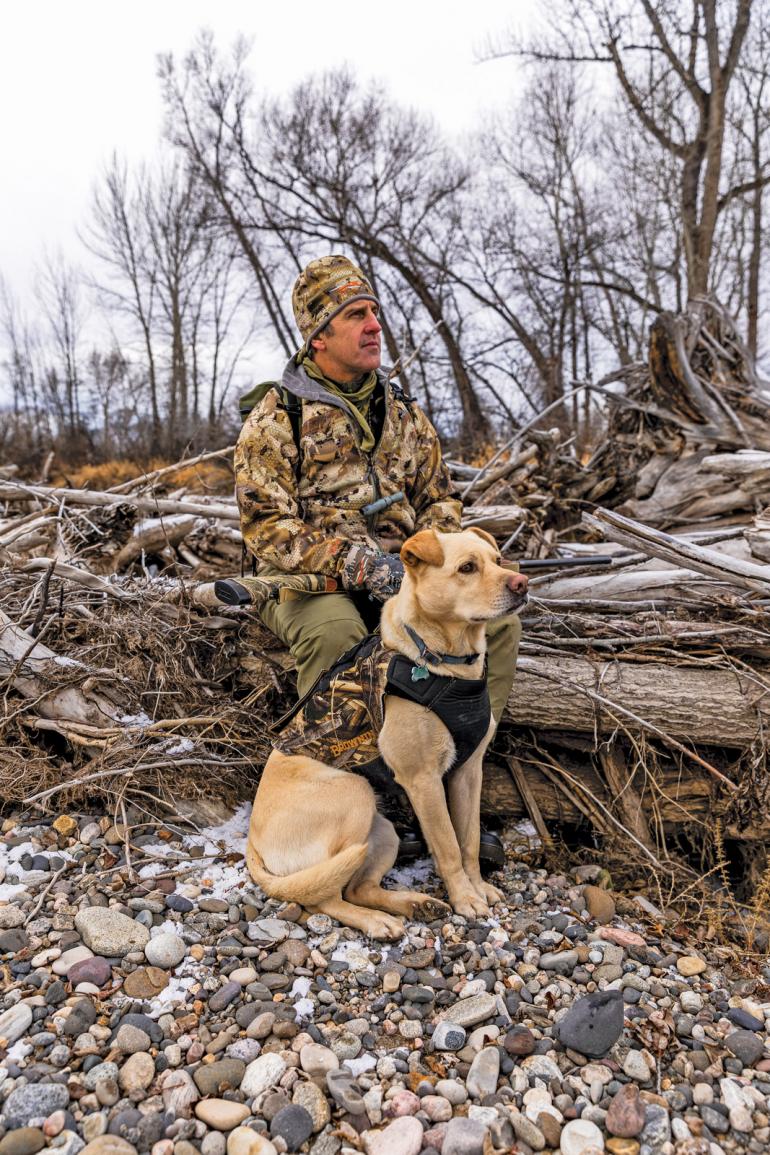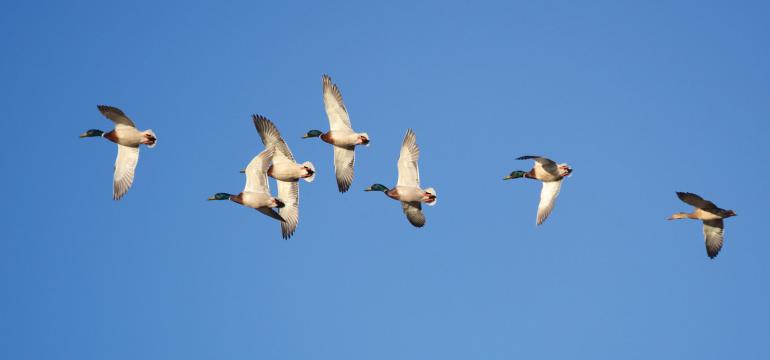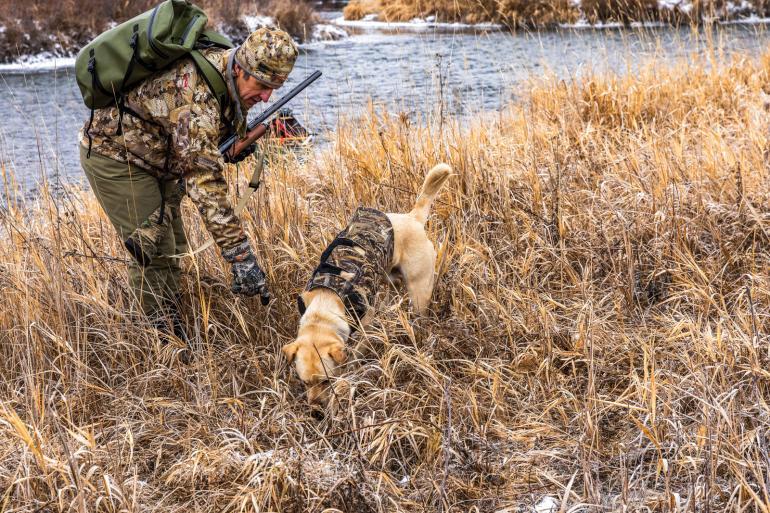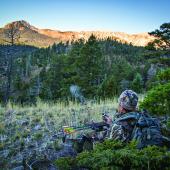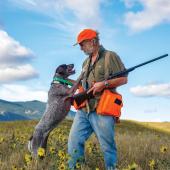Ducks for Dummies
Chasing Montana's most iconic waterfowl.
She rises quickly from our hiding place in the willows, the butt of the 20-gauge finding her shoulder as a small flock of ducks sets its wings to land among six decoys. A bird crumples on Zoe’s first shot; the second blast lags behind a veering teal. Percy, our English Setter, plunges into the water on a back bay of a large reservoir to retrieve the bird. What fun! A low-key morning of simple hunting with my dog and daughter and a tasty duck downed with a Mossberg 500 pump-action shotgun I purchased as a youth at the long-defunct “Gibson’s” store in Bozeman in the late ’70s for four 20-dollar bills.
Growing up on a dryland ranch, I knew nothing of duck hunting, but it’s now a favored fall pastime. It’s incredibly fun and requires very little in the way of equipment and experience to be successful. Here’s how it’s done.
The key to successful jump-shooting is getting within range before flushing the ducks.
Gear
You’ll need a shotgun. The one you already have will do, provided it’s a 20- or 12-gauge (12 preferred). Most veteran waterfowlers use a semi-automatic, but I’ve also killed ducks with double-barrels and pumps. I mostly prefer a modified choke. You can spend a bunch on high-performance ammunition, but basic steel works fine at reasonable range. Shoot #2s for larger ducks like mallards, and #4s for the little guys including teal and American wigeon to get started.
Habitat & Behavior
The simplest way to hunt waterfowl is “jump-shooting.” Jump-shooting is as basic as sneaking within range of resting ducks on a river or pond, then flushing them to make the shot. Early in the season, jump-shooting is often quite easy. But ducks can be as good at spotting and fleeing hunters as a wily whitetail buck, especially after they’ve been hunted a week or two.
The key to successful jump-shooting is getting within range before flushing the ducks. Canals or small sloughs ringed with tall grass or other cover can usually be approached without too much difficulty. Rivers also generally provide enough vegetation at streamside to facilitate a straightforward stalk. But small prairie reservoirs and wetlands, often veritable magnets for waterfowl before they freeze over, are often devoid of cover due to livestock grazing and may require a stalk akin to pronghorn hunting.
Those little ponds are a great place to throw out a few decoys (you can pick up a half-dozen basic mallard decoys for $50.) Ducks flushed from a stock pond usually return, doubly so if they spot a handful of welcoming “kin.” Just three or four decoys are generally enough to lure ducks back to their resting place. Get the decoys out quickly, then use available cover to hide, even if it’s a single sagebrush or lying flat behind the berm of the pond. A few decoys will also bring ducks into coves on reservoirs and slack water on the inside bends of rivers and small creeks.
The most frequently harvested duck in the United States is the mallard, a pattern that holds true in the Gallatin Valley and beyond. Early in the season, hunters in southwest Montana also encounter teal and other species, depending on the location. Teal are small, fast, and very tasty. They respond very well to decoys and frequently mix with flocks of mallards and other species.
Bringing a downed duck to hand is the final aspect of duck hunting. A canine retriever is best. Our English Setters were bred for upland-bird hunting, but both rapturously retrieve waterfowl. Most dogs that fetch sticks from the water can be taught to retrieve ducks. Absent a dog, you’ll need to wade. Or if on still water, wait for the breeze to push a downed duck to shore. Better yet, launch a kayak or paddleboard. I never shoot over water that would imperil myself or my dogs on the retrieve.
The most frequently harvested duck in the United States is the mallard, a pattern that holds true in the Gallatin Valley and beyond.
Regs
Hunting regulations require a reasonable ability to identify ducks by sex and species. Mature males, like the green-headed mallard, are easy. Drab, brown ducks of similar size may be females of various species or immature males. Bag limits don’t vary much from year to year, but always contain restrictions on some species and the take on female mallards. If the total bag limit is six ducks, you can’t just blaze away until a half-dozen are down. Only shoot at those you are confident are part of your limit. And take some time to learn to distinguish the dabbling ducks (mallards, wigeon, teal, shovelers, gadwall, etc.) from the diving ducks (redhead, scaup, ring-necked, canvasback, goldeneye, etc.). Except for canvasbacks, diving ducks are considered poor table fare compared to the dabblers. The U.S. Fish & Wildlife Service has excellent videos on identifying harvested ducks. For identifying ducks on the water or in flight, the Duck’s Unlimited website has some great resources.
Jack Ballard is a widely published author who frequently hunts ducks with his two dogs, English setters who are perhaps happier in a duck blind than nosing the cattails for pheasants.

